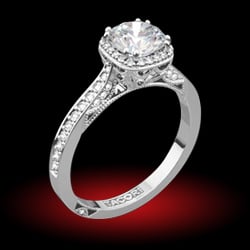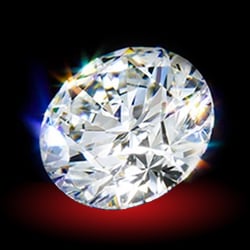So I''m starting my e-search for diamonds. One site I''m looking at lists all the numbers to plug into the HCA. The program seems VERY sensitive to the combination of specs. How accurate are the specs given for the diamonds. I assume these are just averages. If the sarin report is available, how do you account for the symmetry (or lack thereof)? Finally, Would you even be able to tell the difference between a diamond that is the same size that scores a 0.8 Ex-Ex-Ex-VG and a 1.7 Ex-VG-VG-VG?? I realize that the HCA is not the end-all and should only be a part of the decision making process but How good is it?? should I be worried about Ex scores vs. VG scores?
thanks,
thanks,










300x240.png)